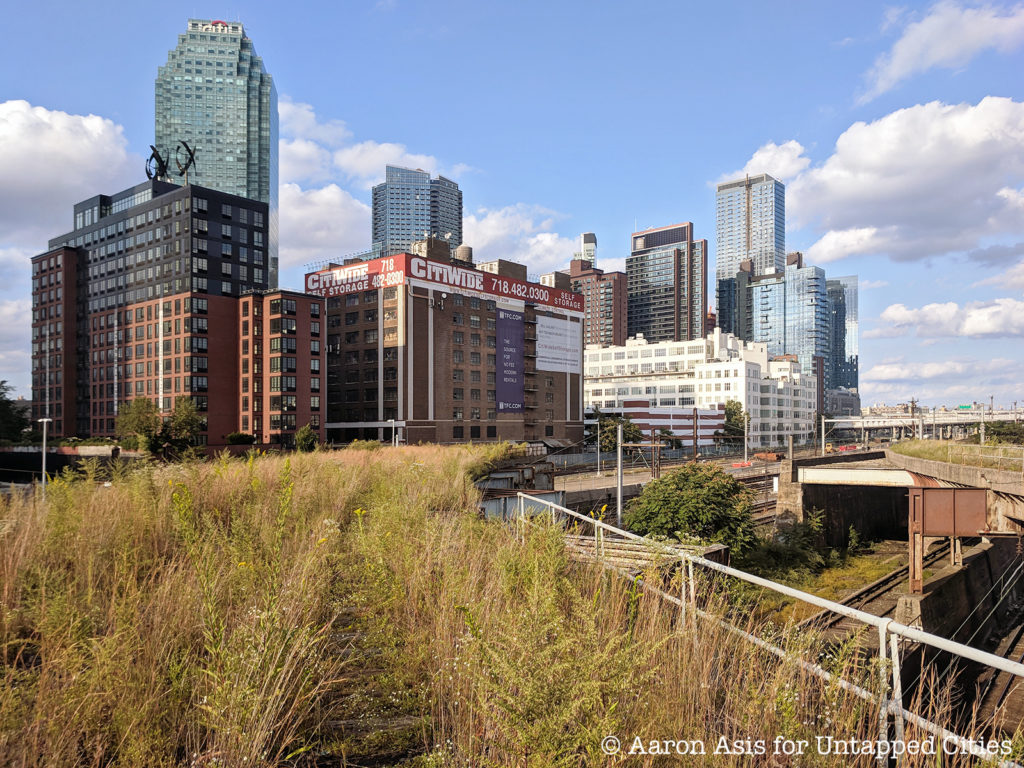
Overlooking the East River on the extreme western tip of Queens is Long Island City, one of New York’s fastest-growing neighborhoods. On May 4, 1870, Long Island City was created through a merger between the Village of Astoria and the hamlets of Ravenswood, Hunters Point, Blissville, Sunnyside, Dutch Kills, Steinway, Bowery Bay, and Middletown in the Town of Newton. At the time, the city had between 12,000 and 15,000 residents and was split into five wards, each receiving two representatives to serve on the Board of Alderman along with an elected mayor. During the 1880s, Mayor De Bevoise was convicted of embezzlement, nearly bankrupting Long Island City’s government in the process. As a result, in 1884 many residents living in the former Astoria area petitioned the state legislature to allow it to secede from Long Island City and reincorporate again as an independent village, though the petition was eventually dropped. Long Island City remained an incorporated city until 1898, when Queens was annexed to New York City.
Once known for being an epicenter of the manufacturing industry, Long Island City was rezoned as a residential neighborhood in 2001 — causing the area to undergo significant gentrification as new developments such as Hunter’s Point South were erected. Today, Long Island City is known for its stunning waterfront and thriving arts community, with must-visit places like MOMA PS1, the Isamu Noguchi Foundation and Museum, and Culture Lab LIC, a nonprofit organization dedicated to supporting the development of art in Western Queens.
1. The neighborhood houses the Hunters Point Historic District

On the south side of Long Island City along Newtown Creek is Hunters Point, a subsection of the neighborhood known today for its East River waterfront and stunning views of the Manhattan skyline. The area gained its name in 1825 from British sea captain George Hunter, whose family operated the site as a 210-acre farm. The area is also home to the Hunters Point Historic District, a national historic district created in 1968. The district is made of a row of 47 townhouses built between 1871 and 1890 in the Italianate, French Second Empire, and Neo-Grec styles along 45th Avenue between 21st and 23rd Streets.
Visitors can also stroll through Hunter’s Point South Park, an expansive green space featuring a waterside promenade, a 30-foot-tall cantilevered platform for viewing the skyline, and a 13,000 square-foot pavilion. The park was erected on a peninsula built from landfill extracted during the excavation of the city’s tunnels, resulting in steep piles of earth with a wildly curved perimeter. During the 1990s, the area was designated a park by Governor Mario Cuomo, with construction overseen by the engineering firm ARUP and design firms SWA/Balsley and Weiss/Manfredi. Hunter’s Point South Park’s design involved separating the peninsula from the mainland, ringing it with new marshes and riprap that fill with water twice a day during high tide — discretely returning the piece to the water. In addition, all the streets leading to the park have bioswales with landscaped tree beds and other plants designed to absorb stormwater before it reaches the park.





